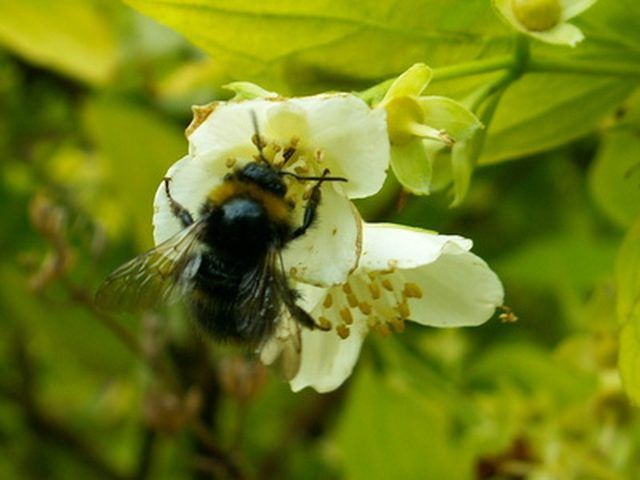Bulbs
Flower Basics
Flower Beds & Specialty Gardens
Flower Garden
Garden Furniture
Garden Gnomes
Garden Seeds
Garden Sheds
Garden Statues
Garden Tools & Supplies
Gardening Basics
Green & Organic
Groundcovers & Vines
Growing Annuals
Growing Basil
Growing Beans
Growing Berries
Growing Blueberries
Growing Cactus
Growing Corn
Growing Cotton
Growing Edibles
Growing Flowers
Growing Garlic
Growing Grapes
Growing Grass
Growing Herbs
Growing Jasmine
Growing Mint
Growing Mushrooms
Orchids
Growing Peanuts
Growing Perennials
Growing Plants
Growing Rosemary
Growing Roses
Growing Strawberries
Growing Sunflowers
Growing Thyme
Growing Tomatoes
Growing Tulips
Growing Vegetables
Herb Basics
Herb Garden
Indoor Growing
Landscaping Basics
Landscaping Patios
Landscaping Plants
Landscaping Shrubs
Landscaping Trees
Landscaping Walks & Pathways
Lawn Basics
Lawn Maintenance
Lawn Mowers
Lawn Ornaments
Lawn Planting
Lawn Tools
Outdoor Growing
Overall Landscape Planning
Pests, Weeds & Problems
Plant Basics
Rock Garden
Rose Garden
Shrubs
Soil
Specialty Gardens
Trees
Vegetable Garden
Yard Maintenance
What Flower Part Contains Egg Cells?
What Flower Part Contains Egg Cells?. Flowers or blooms contain egg cells in the female portion of the bloom called the pistil. Egg cells will create seeds to help the flower reproduce or make new plants of the same species.
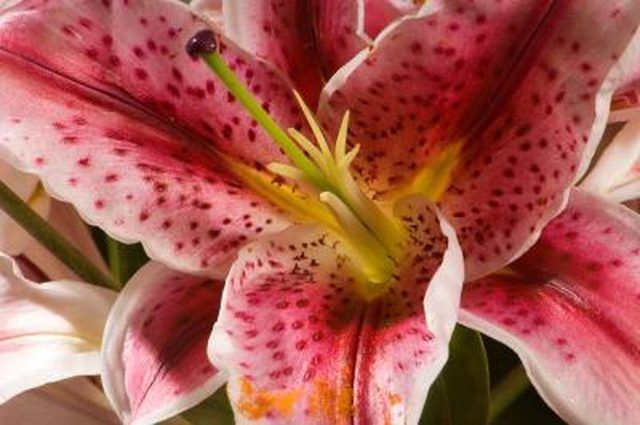
Flowers or blooms contain egg cells in the female portion of the bloom called the pistil. Egg cells will create seeds to help the flower reproduce or make new plants of the same species.
Ovules
Egg cells are found in the ovules which are located in the ovaries. Pollination by a plant of the same species must occur before eggs will become seeds. Often the male and female part of a flower are located in the same bloom.
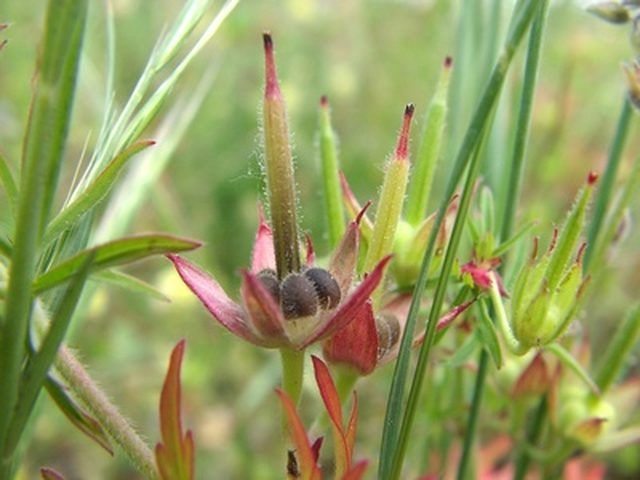
Pollination
For pollination to occur, pollen from the male anther must reach the female stigma where it is transported down through the style to the waiting ovary. This task is completed by the wind, visiting insects, birds or passing animals.
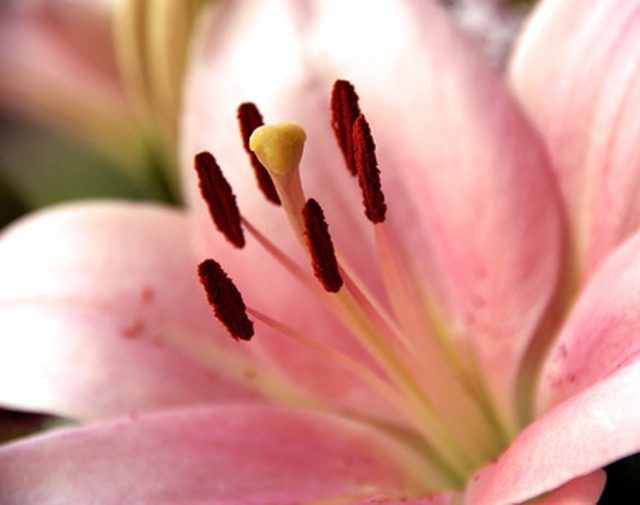
Necessary Attractrants
Other parts of the flower that do not create seeds but are necessary for seed production are the attractive colorful petals and the oils that create fragrance. Color and fragrance help attract pollinators.
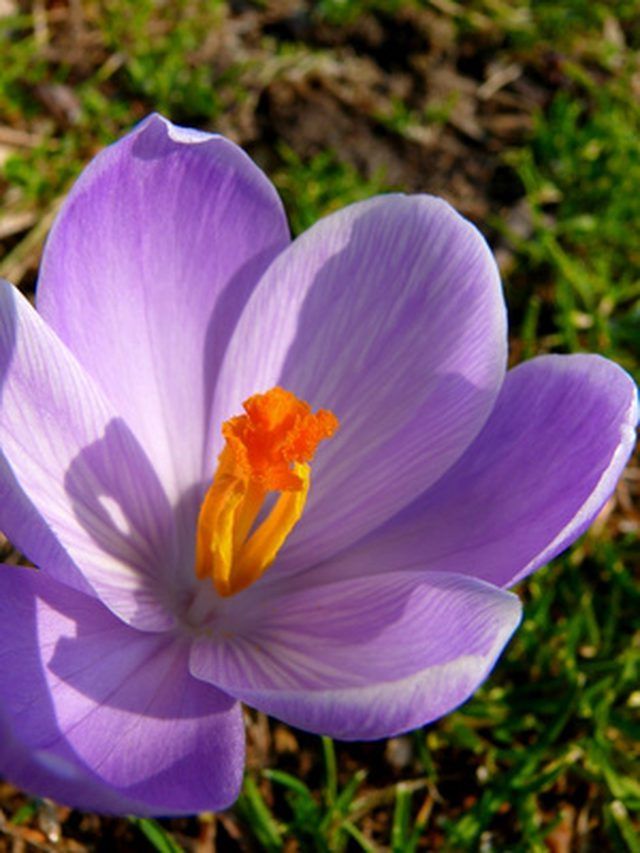
Hand Pollination
Pollination can be completed by hand but is very tedious. A small object like a cotton swab can be used to gather pollen from the anther and deposit it on the stigma. This process may be used in controlled greenhouses or laboratories to impregnate egg cells where insects are not welcome guests.
